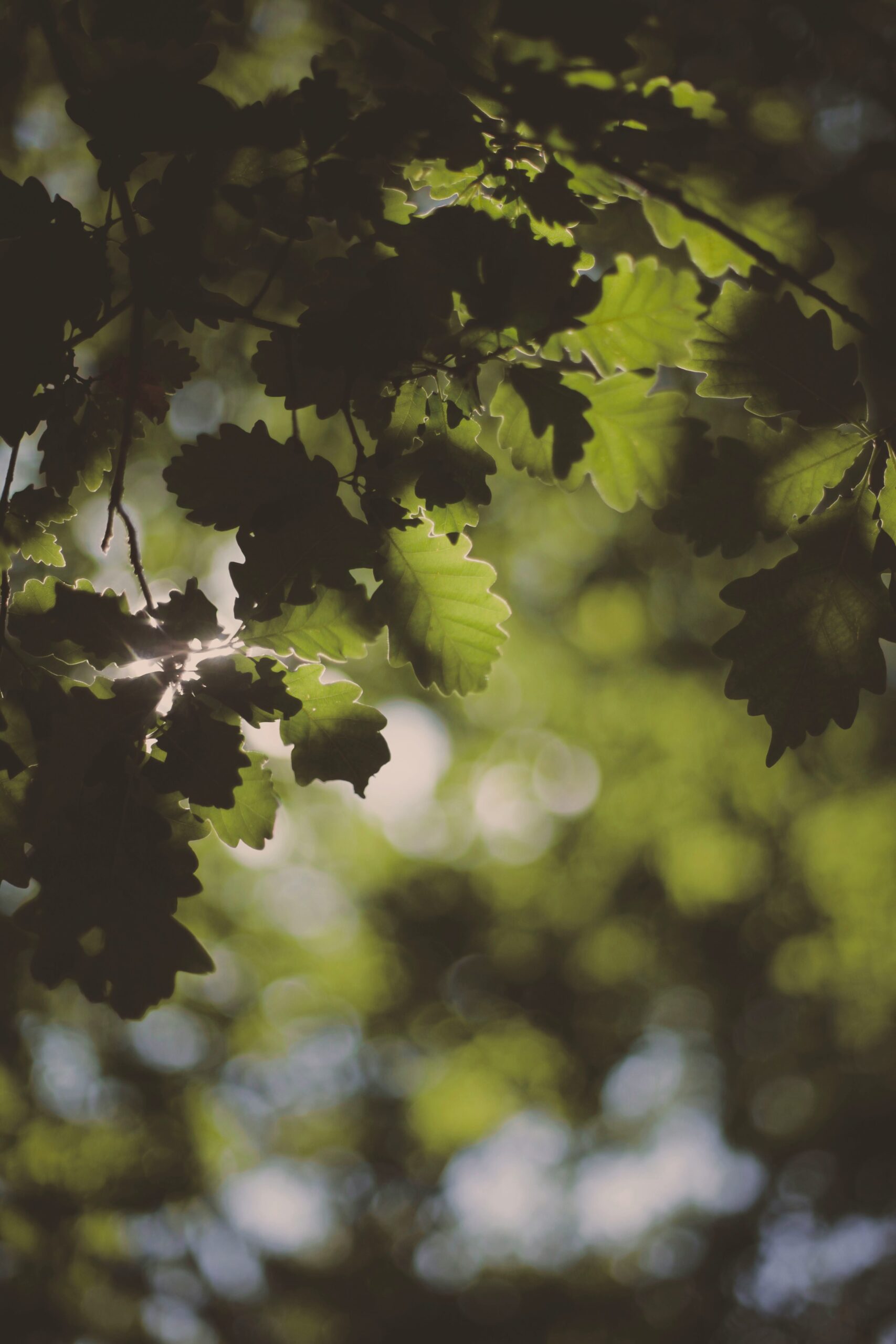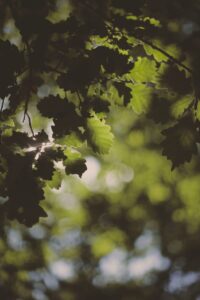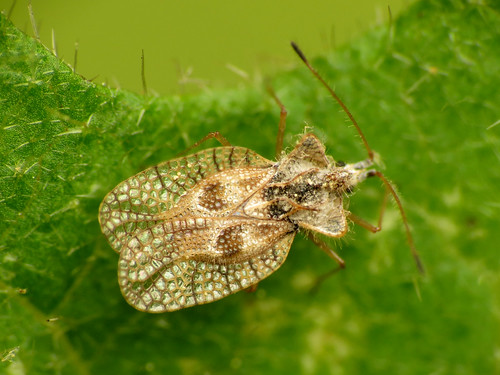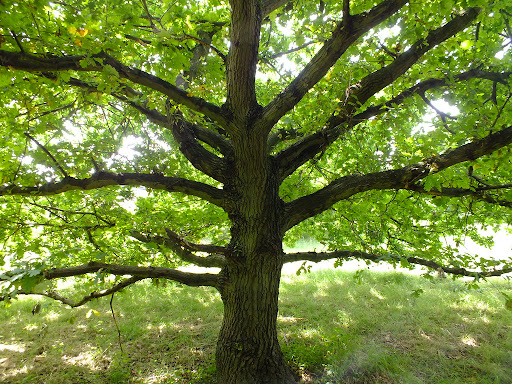
Date June 05, 2024
Tree pruning is a vital aspect of tree care, essential for maintaining the health, safety, and aesthetic appeal of trees. For homeowners in Argyle, employing effective tree pruning techniques can significantly enhance the longevity and beauty of their landscape. This comprehensive guide put together by TreeNewal explores the latest pruning methods, their benefits, and practical tips for promoting tree health in Argyle.

Understanding Tree Pruning
What is Tree Pruning?
Tree pruning involves selectively removing certain parts of a tree, such as branches, buds, or roots. The primary goals are to improve the tree’s structure, enhance its aesthetic value, and ensure its overall health.
Benefits of Tree Pruning
Health Improvement
One of the primary benefits of tree pruning is the significant improvement in tree health. By removing diseased, dead, or damaged branches, you effectively prevent the spread of pests and diseases that can severely impact a tree’s vitality. Diseased branches are often the entry points for pathogens, which can quickly spread throughout the tree if not addressed. Pruning these problematic areas allows the tree to allocate its resources more efficiently towards healthy growth and regeneration. This proactive measure helps maintain the overall health and longevity of the tree, ensuring it remains a robust and thriving part of your landscape.
Safety Enhancement
Tree pruning plays a crucial role in enhancing safety around your property. Over time, branches can become weak, damaged, or diseased, posing a significant risk of falling. Such falling branches can cause extensive damage to property, including homes, vehicles, and power lines, and pose serious risks to people and pets. Regular pruning eliminates these hazards by removing precarious branches before they have the chance to fall. This preventative approach not only protects your property but also ensures the safety of everyone who spends time in your outdoor spaces, providing peace of mind and reducing the potential for accidents and injuries.
Aesthetic Value
A well-pruned tree is a visually appealing tree, and the aesthetic value it adds to your property is substantial. Pruning helps to shape the tree, giving it a clean and structured appearance. This is particularly important for trees that form a focal point in your garden or landscape design. By removing unsightly dead or diseased branches and maintaining a balanced structure, pruning enhances the natural beauty of the tree. This attention to detail can significantly boost the curb appeal of your property, making it more attractive to visitors and potential buyers. A beautiful, well-maintained tree is an asset to any home, contributing to a pleasing and harmonious landscape.
Growth Control
Pruning is an essential tool for managing the size and shape of your trees, ensuring they grow in a desired and controlled manner. Without regular pruning, trees can become overgrown, potentially causing problems such as obstructing views, encroaching on structures, or interfering with power lines. Pruning allows you to guide the growth of the tree, encouraging a shape and size that fits well within your landscape design. It also helps to promote strong structural development, reducing the risk of future problems. By managing the tree’s growth, you can maintain a healthy, balanced tree that complements your property and supports your overall landscape goals.
Latest Tree Pruning Techniques
Crown Thinning
Crown thinning involves selectively removing branches throughout the canopy. This technique increases light penetration and air circulation, which is crucial for the tree’s health.
- Benefits: Enhances sunlight and air flow, reducing disease prevalence. It also reduces weight on heavy limbs, decreasing the risk of breakage.
- When to Use: Ideal for trees with dense canopies or those showing signs of reduced vigor due to shading.
Crown Raising
Crown raising involves removing the lower branches of a tree to provide clearance for pedestrians, vehicles, and structures.
- Benefits: Improves access and visibility around the tree, reduces the risk of damage to property, and enhances the tree’s shape.
- When to Use: Useful for trees near pathways, driveways, or buildings.
Crown Reduction
Crown reduction reduces the overall size of the tree’s canopy. This is achieved by cutting back the leaders and branch terminals to secondary branches.
Benefits: Reduces the risk of limb failure, balances the tree structure, and minimizes wind resistance.
When to Use: Suitable for large trees that may be too tall for their location or those that have been damaged by storms.
Deadwooding
Deadwooding involves removing dead, dying, or diseased branches from the tree.
- Benefits: Prevents disease spread, reduces the risk of falling branches, and improves the tree’s appearance.
- When to Use: Essential for all trees, particularly those in public or high-traffic areas.
Pollarding
Pollarding is a technique where the upper branches of a tree are removed, promoting a dense head of foliage and branches.
- Benefits: Controls tree size, rejuvenates older trees, and can create a specific aesthetic effect.
- When to Use: Best for trees that tolerate heavy pruning, such as willows and poplars.
Best Practices for Tree Pruning
Pruning at the Right Time
Dormant Season
Pruning during the dormant season, typically late winter to early spring, is widely recommended for most trees. This period is when trees are not actively growing, which minimizes sap loss and reduces stress on the tree. Pruning in the dormant season also allows you to see the structure of the tree more clearly, making it easier to identify which branches need to be removed. This practice helps in avoiding unnecessary damage to healthy parts of the tree. Additionally, since pests and diseases are less active during colder months, pruning at this time reduces the risk of infections. Overall, dormant season pruning supports the tree’s health by promoting vigorous growth when the tree awakens in spring.
Flowering Trees
The timing of pruning for flowering trees depends on when they bloom. For spring-flowering trees, it is best to prune them immediately after they finish blooming. These trees set their flower buds on old wood, so pruning right after blooming ensures you do not remove next year’s flowers. On the other hand, summer-flowering trees should be pruned in late winter or early spring, before new growth begins. These trees produce flowers on the current year’s growth, so pruning them before the growing season starts encourages a robust display of flowers. Properly timed pruning not only enhances the health of flowering trees but also maximizes their aesthetic value by ensuring a full and vibrant bloom cycle.
Using Proper Tools
- Pruning Shears: Ideal for small branches up to 1 inch in diameter.
- Loppers: Suitable for branches between 1 and 2 inches in diameter.
- Pruning Saws: Necessary for larger branches over 2 inches in diameter.
- Pole Pruners: Useful for high branches that are hard to reach.
Making Correct Cuts
- Avoid Topping: Topping, or cutting back large branches to stubs, is harmful and can lead to decay and weak regrowth.
- Use the 3-Cut Method: For large branches, use the 3-cut method to prevent bark tearing. Make an undercut, then a top cut a few inches further out, and finally remove the stub.
Ensuring Tree Health
- Sanitize Tools: Clean pruning tools between cuts to prevent the spread of disease.
- Remove Suckers and Water Sprouts: These weak, fast-growing shoots should be removed to maintain tree health and structure.
- Monitor for Disease and Pests: Regularly inspect trees for signs of disease or pests and address issues promptly.
Tree Pruning for Specific Trees in Argyle
Oak Trees
- Challenges: Oaks are susceptible to oak wilt, a deadly fungal disease.
- Pruning Tips: Prune oaks during the dormant season (November to February) to minimize the risk of oak wilt. Avoid pruning in spring and early summer.
Maple Trees
- Challenges: Maples can bleed sap heavily if pruned at the wrong time.
- Pruning Tips: Prune maples in late winter to early spring. Use sharp tools to make clean cuts, reducing sap loss and promoting quick healing.
Crepe Myrtles
- Challenges: Over-pruning, often referred to as “crepe murder,” can damage the tree.
- Pruning Tips: Lightly prune in late winter or early spring to remove seed pods and dead wood. Avoid heavy pruning to maintain natural form and health.
Fruit Trees
- Challenges: Fruit trees require specific pruning to maximize yield.
- Pruning Tips: Prune in late winter while dormant. Focus on removing dead or diseased branches, thinning the canopy, and shaping the tree for better light penetration and air circulation.
Benefits of Professional Pruning Services
Expertise and Experience
- Certified Arborists: Professionals have the knowledge to identify the best pruning techniques for each tree species.
- Proper Techniques: Arborists use proper techniques to make precise cuts, promoting tree health and growth.
Safety
- Risk Mitigation: Pruning can be dangerous, especially for large trees or high branches. Professionals have the equipment and training to perform the work safely.
- Liability: Hiring a professional can reduce the risk of injury or property damage, protecting homeowners from potential liability.
Long-term Tree Health
- Disease Prevention: Regular professional pruning helps prevent the spread of disease and pests.
- Growth Management: Expert pruning ensures trees grow in a balanced and healthy manner, reducing future maintenance needs.
DIY Pruning Tips for Homeowners
Assessing the Tree
- Visual Inspection: Look for dead, diseased, or damaged branches that need removal.
- Structural Issues: Identify branches that cross or rub against each other, as these can cause wounds and become entry points for disease.
Pruning Small Trees and Shrubs
- Shearing: For shrubs, use shearing to shape and control growth.
- Selective Pruning: For small trees, focus on removing specific branches to improve structure and health.
Safety Precautions
- Wear Protective Gear: Use gloves, safety glasses, and helmets to protect yourself.
- Ladder Safety: If using a ladder, ensure it is stable and positioned correctly. Never overreach; move the ladder as needed.
Conclusion
Effective tree pruning is crucial for maintaining the health, safety, and beauty of trees in Argyle. By understanding and applying the latest tree pruning techniques, homeowners can ensure their trees thrive for years to come. Whether you choose to prune your trees yourself or hire professional services, the key is to prioritize the health and well-being of your trees. For those seeking expert assistance, consider reaching out to local certified arborists who can provide tailored care and ensure your landscape remains vibrant and beautiful. With the right approach, precision pruning can enhance the value and enjoyment of your property, making it a worthy investment for any homeowner in Argyle.
Ensure the health and beauty of your trees with expert tree pruning techniques in Argyle. By understanding and implementing the latest pruning methods, you can promote robust growth, enhance safety, and improve the aesthetic appeal of your landscape. For professional assistance and tailored care, trust TreeNewal, serving the Dallas and Fort Worth Metroplex since 2017. Contact TreeNewal today for precision pruning that keeps your trees thriving and your property looking its best.








